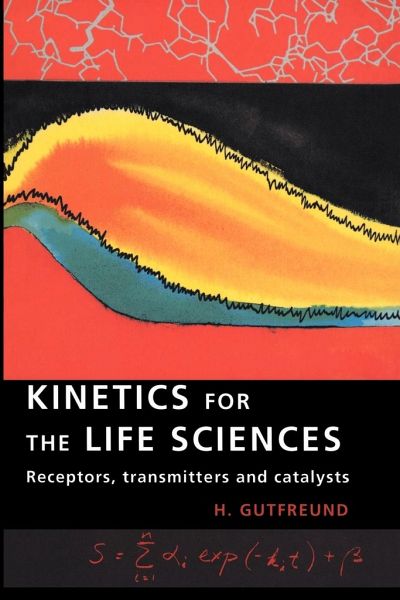
Kinetics for the Life Sciences
Receptors, Transmitters and Catalysts

PAYBACK Punkte
45 °P sammeln!
This book introduces the reader to the kinetic analysis of a wide range of biological processes at the molecular level.

Receptors, Transmitters and Catalysts

Rechnungen
Bestellstatus
Retourenschein
Storno